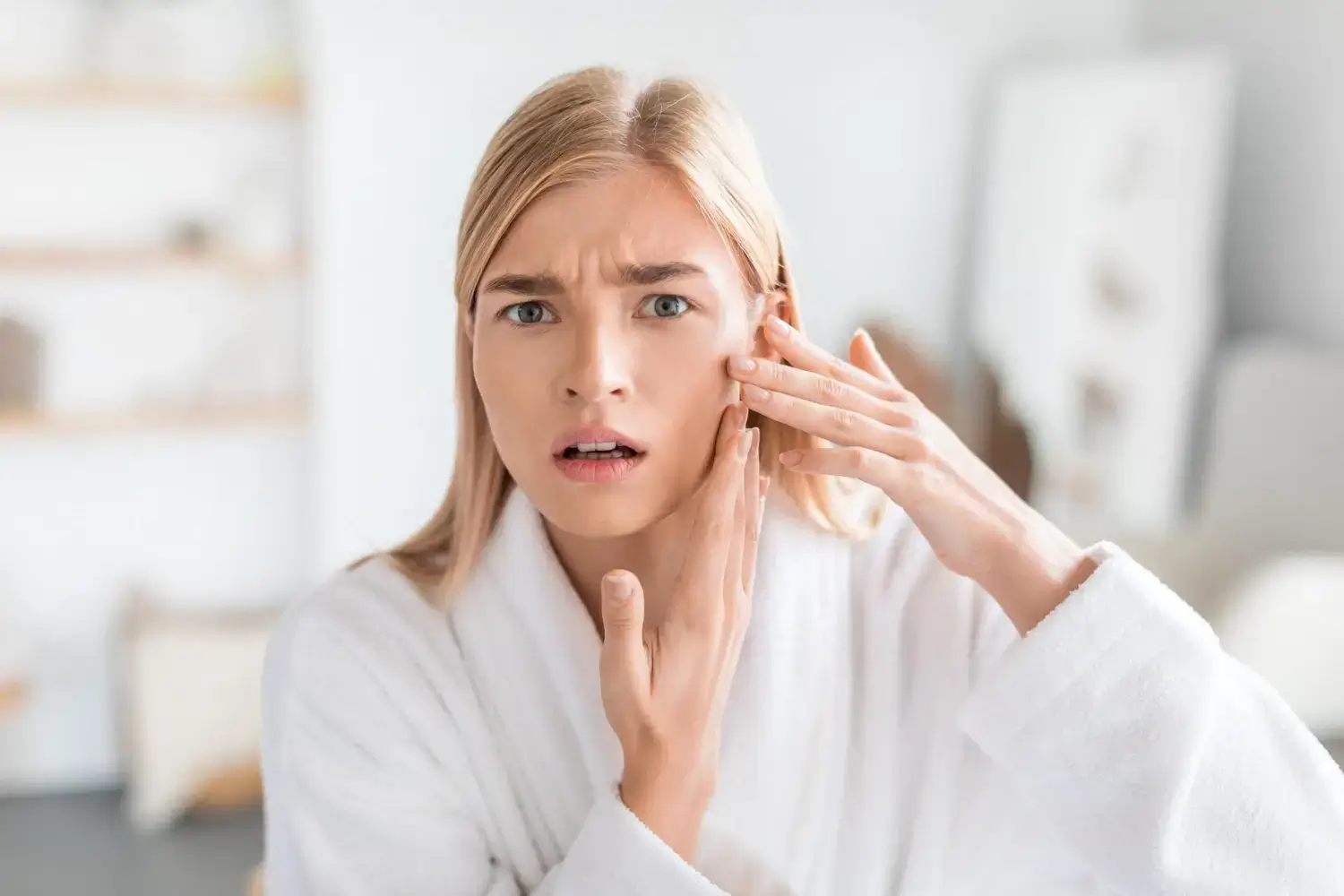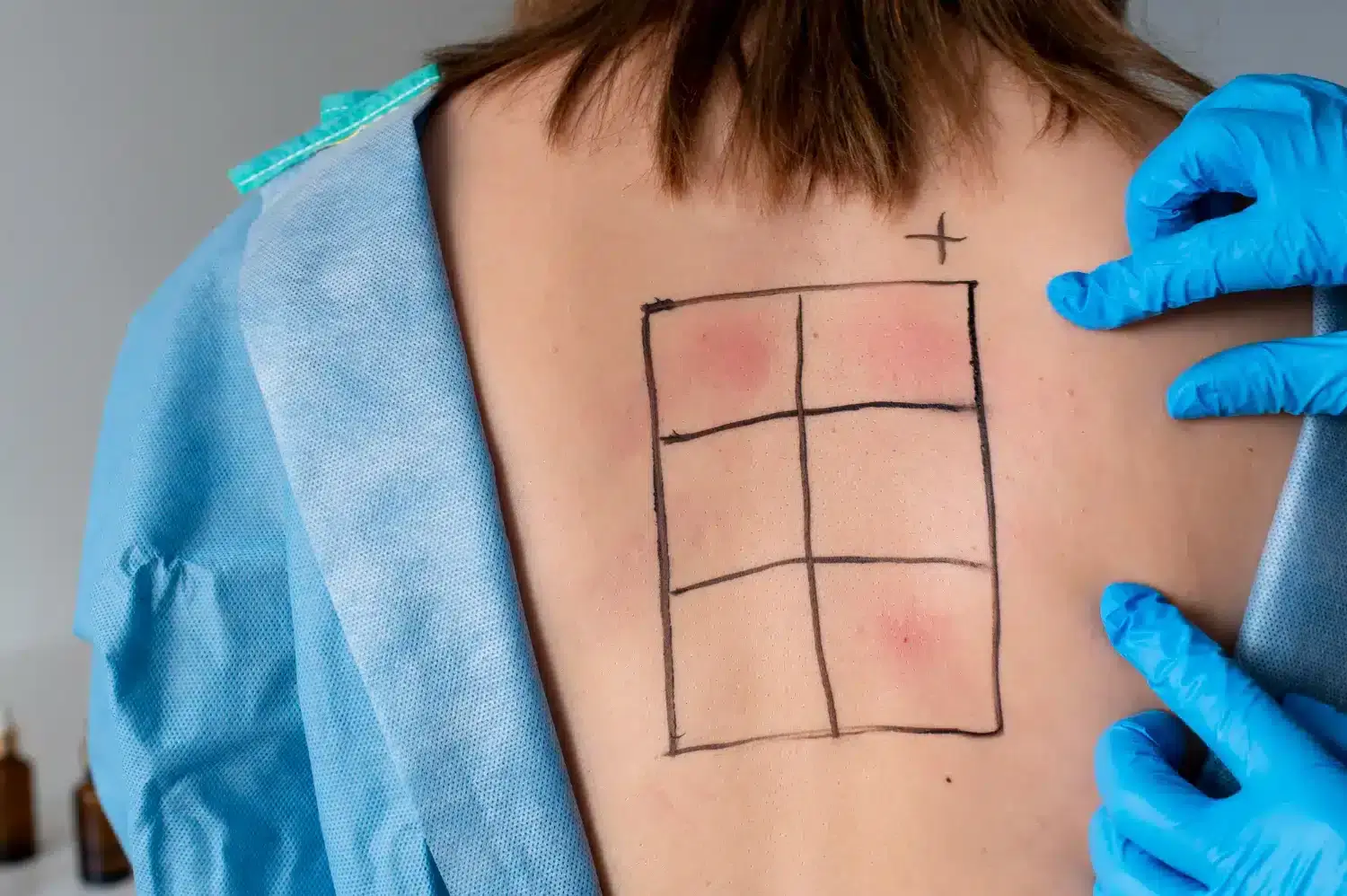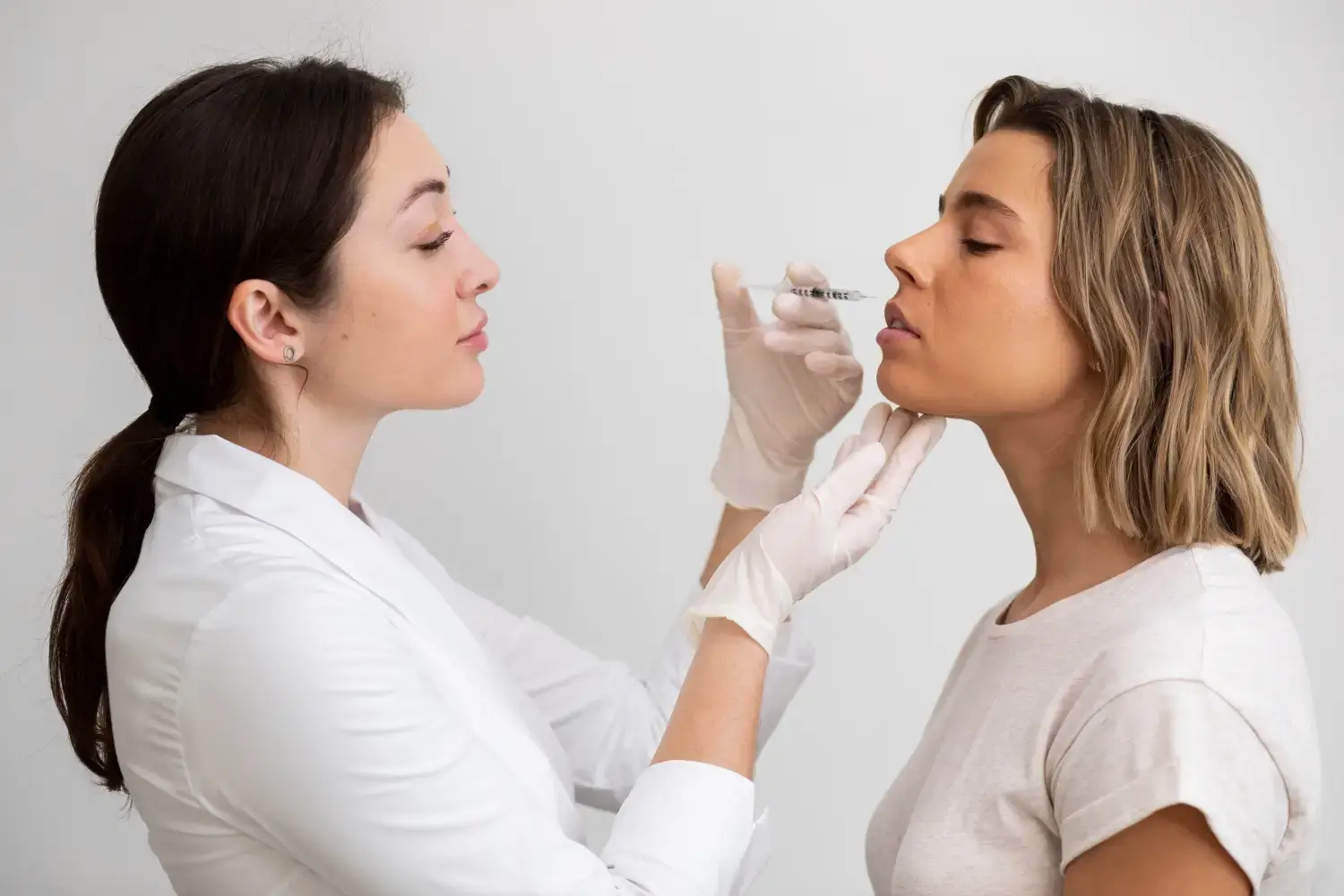
Aesthetic treatments with hyaluronic acid fillers are widely recognized for rejuvenating the face, enhancing volume, and smoothing wrinkles. However, like all cosmetic procedures, dermal fillers carry potential side effects that patients should understand before proceeding.
Hyafilia, a leading hyaluronic acid filler, is celebrated for its natural results and versatility. While most side effects are mild and temporary, such as redness, swelling, or bruising at the injection site, rare complications like allergic reactions or granulomas can also occur.
In this article, we examine the potential side effects of Hyafilia dermal filler and provide essential insights to help you make an informed and confident decision about this popular aesthetic treatment.
Key Takeaways
- Hyafilia fillers are effective hyaluronic acid-based products used for wrinkle reduction, facial volumization, and contouring, with minimal downtime and natural-looking results.
- Common side effects include swelling, bruising, and redness at the injection site, typically resolving within a few days.
- Rare complications, such as infections, vascular occlusion, or granulomas, require prompt attention and professional management.
- Proper injection techniques, thorough patient screening, and adherence to post-treatment care guidelines are essential for minimizing risks.
- Effective handling of adverse events and timely referrals to specialists ensure patient safety and satisfaction.
About: Doctor Medica is your trusted supplier of top-quality dermal fillers, viscosupplements, and more for your medical practice. We offer genuine products from leading brands at the lowest prices. Contact Doctor Medica today to order Hyafilia online.
Common Side Effects of Hyafilia

Hyaluronic acid fillers like Hyafilia are well-regarded for their effectiveness in facial rejuvenation, but they are not without potential side effects. Understanding these common side effects can help patients be better prepared for their aesthetic journey.
- Swelling: One of the most common side effects after a Hyafilia injection. It occurs as the skin adjusts to the filler and the injection site heals. Swelling typically subsides within 24–72 hours, but applying a cold compress and avoiding strenuous activities can help reduce it.
- Bruising: Caused by minor trauma to blood vessels during the injection process. To minimize bruising, patients should avoid blood-thinning medications like aspirin or ibuprofen before treatment and follow aftercare instructions carefully.
- Redness at the Injection Site: Mild redness may appear immediately after the procedure, especially for those with sensitive skin. This reaction is usually short-lived and subsides as the skin recovers.
Rare Complications Associated with Hyafilia

Although Hyafilia fillers undergo rigorous testing for safety, rare complications can occur. These are typically linked to improper injection techniques or pre-existing conditions and require prompt attention.
- Infection: Can develop at the injection site if practitioners do not follow proper sterilization protocols. Signs include redness, warmth, tenderness, or discharge.
- Vascular Occlusion: A serious complication caused by the filler unintentionally blocking a blood vessel. This can result in pain, skin discoloration, or tissue damage if not addressed quickly. Guidelines from the Hyafilia manufacturer or other healthcare professionals emphasize the importance of understanding facial anatomy to minimize the risk of this complication.
- Granulomas: Caused by the body’s immune response to what it perceives as a foreign substance. While granulomas are rare, they can be persistent and may require medical intervention to dissolve them.
Minimizing Risks and Complications

Proper injection techniques are crucial to reducing risks with Hyafilia fillers. Practitioners should be certified, understand facial anatomy, and use sterile equipment to ensure precise application and prevent complications. Adjusting techniques based on the treatment area and patient needs enhances safety and effectiveness.
Patient selection is equally important. A thorough review of medical history, allergies, and contraindications like pregnancy or autoimmune disorders helps identify suitable candidates. Open communication about risks and expectations ensures a safer and more informed treatment process.
Post-treatment care also plays a key role in minimizing risks. Patients should avoid heat, strenuous activities, and touching the treated area for at least 24 hours. Following these guidelines reduces common side effects and supports optimal results.
Managing Adverse Events and Referrals
Despite best efforts, adverse events can still occur. If they do, practitioners should swiftly handle these. This includes recognizing the symptoms early and taking appropriate action, such as administering medications or performing corrective procedures. Clear communication with the patient about what to expect and how to manage symptoms at home is also vital.
In some cases, referring patients to specialists for further treatment may be necessary. These can include dermatologists, plastic surgeons, or other medical professionals who are experts in managing complications from aesthetic treatments. A timely referral can prevent minor issues from escalating into more serious problems.
Conclusion
Hyafilia fillers offer a reliable solution for non-surgical facial rejuvenation, delivering natural and long-lasting results. While most side effects are mild and manageable, understanding potential risks and prioritizing safety measures is crucial for successful outcomes. Practitioners and patients alike benefit from proper preparation, skilled application, and comprehensive aftercare, ensuring Hyafilia remains a trusted choice in aesthetic treatments.
FAQs
1. How long do Hyafilia fillers last?
The results of Hyafilia fillers typically last between 6 to 12 months, depending on the treatment area and individual factors such as metabolism and lifestyle.
2. Who is a good candidate for Hyafilia fillers?
Ideal candidates are individuals looking to reduce wrinkles, restore lost facial volume, or enhance specific features. Patients should not be pregnant or breastfeeding or have certain skin conditions or allergies.
3. Are Hyafilia fillers safe?
Yes, Hyafilia fillers are safe when administered by qualified professionals. They adhere to high-quality standards and are well-tolerated by most patients, with minimal risk of side effects.
References
Hassan E MD. Hyaluronic acid fillers: types, cost, uses, side effects and more. Derm Collective. Published July 19, 2023. https://dermcollective.com/hyaluronic-acid-fillers/
Liao Z, Ma J, Bu X, et al. Effectiveness and Safety of a Hyaluronic Acid Filler for Chin Augmentation and Correction of Chin Retrusion: A Multi-center, Prospective, Randomized Controlled Trial. Aesthetic Plastic Surgery. Published online November 14, 2024. doi:https://doi.org/10.1007/s00266-024-04494-0
MHS KL MD. Dermal fillers: The good, the bad, and the dangerous. Harvard Health. Published July 15, 2019.https://www.health.harvard.edu/blog/dermal-fillers-the-good-the-bad-and-the-dangerous-201907152561
Related Articles
Joanna Carr
Hymovis Dosing Schedule
Hymovis is an advanced hyaluronic acid-based treatment designed to reduce pain and improve mobility in patients with knee osteoarthritis.
Joanna Carr
Mirena and Hormones – What’s the Relationship?
Mirena is a hormonal IUD that delivers levonorgestrel directly into the uterus to prevent pregnancy and manage symptoms associated with hormone-relate...
Joanna Carr
Euflexxa Dosage Schedule and Expected Treatment Timeline
Understand the standard Euflexxa dosage and what to expect in terms of pain relief, treatment duration, and follow-up care for knee osteoarthritis.


